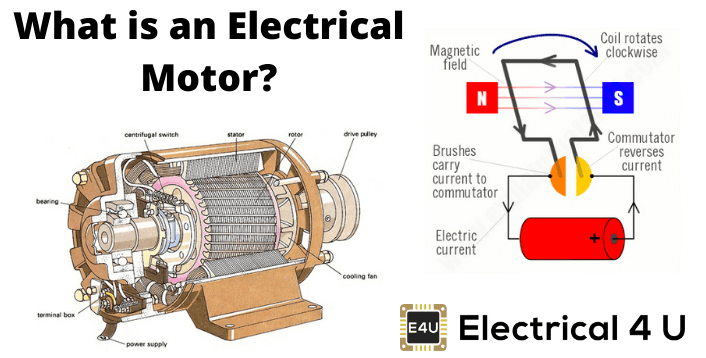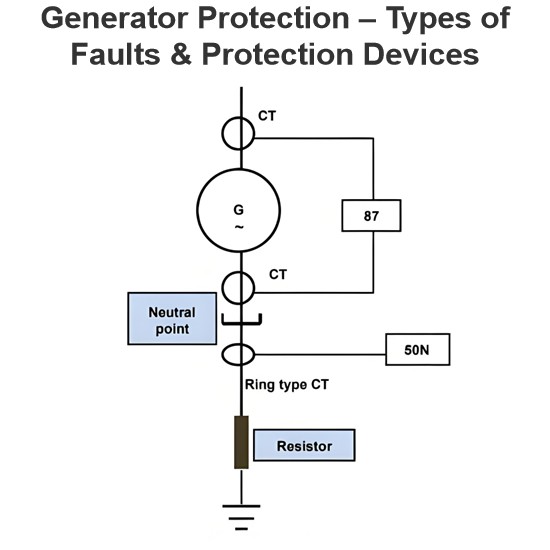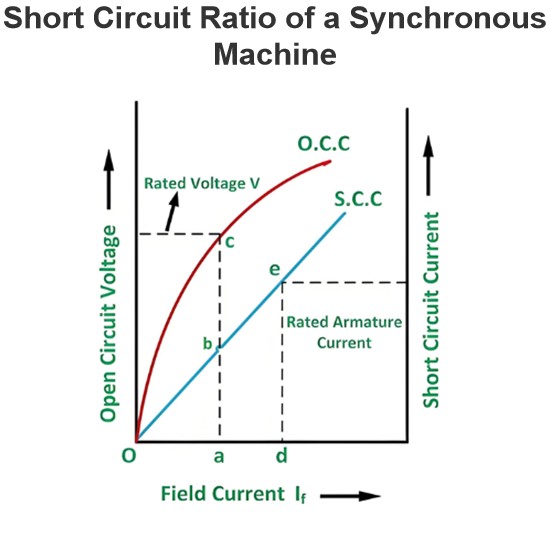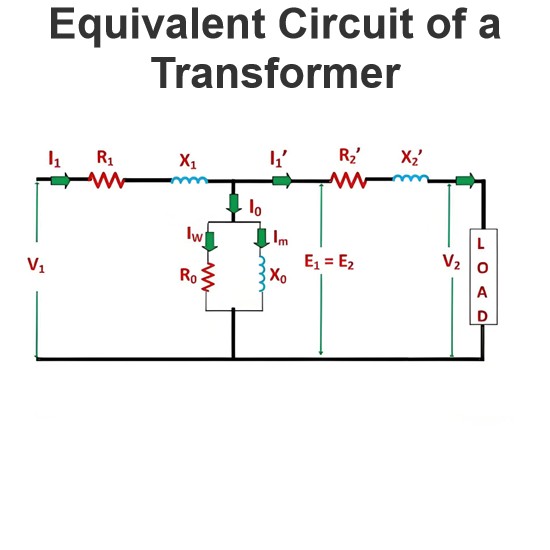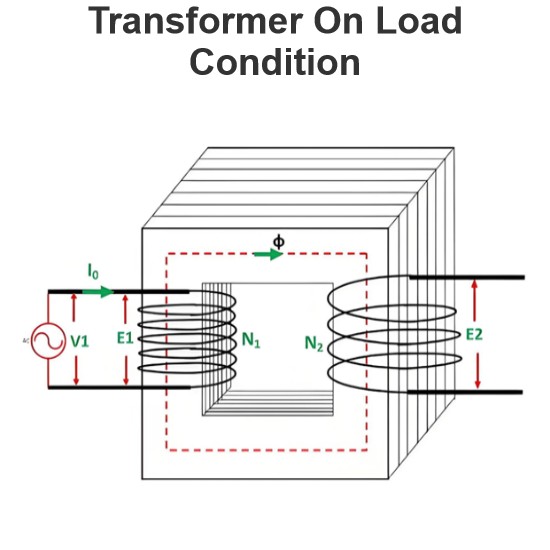Electric Motor: What is it?
What is an Electric Motor?
An electric motor (or electrical motor) is an electric machine that converts electrical energy into mechanical energy. Most electric motors operate through the interaction between the motor’s magnetic field and electric current in a wire winding. This interaction generates a force (as per Faraday’s Law) in the form of torque which is applied to the motor’s shaft.
Electric motors can be powered by direct current (DC) sources, such as batteries or rectifiers. Or by alternating current (AC) sources, such as inverters, electric generators, or a power grid.
Motors are the reason we have many of the technologies we enjoy in the 21st century.
Without the motor, we had still been living in Sir Thomas Edison’s Era, where the only purpose of electricity would have been to in lightbulbs.
Electric motors are found in cars, trains, power tools, fans, air conditioning, household appliances, disk drives, and much more. Some electric watches even use small motors.
There are different types of motors that have been developed for different purposes.
The basic principle underlying the functioning of an electrical motor is Faraday’s Law of induction.
That is, that a force is created when an alternating current interacts with a changing magnetic field.
Ever since the invention of motors, many advancements have taken place in this field of engineering, and it has become a subject of extreme importance for modern engineers.
Below we discuss all major electrical motors used in the present era.
Types of Electric Motors
The various types of motors include:
DC Motors
Synchronous Motors
3 Phase Induction Motors (a type of induction motor)
Single Phase Induction Motors (a type of induction motor)
Other special, hyper-specific motors
The motors have been classified in the diagram below:
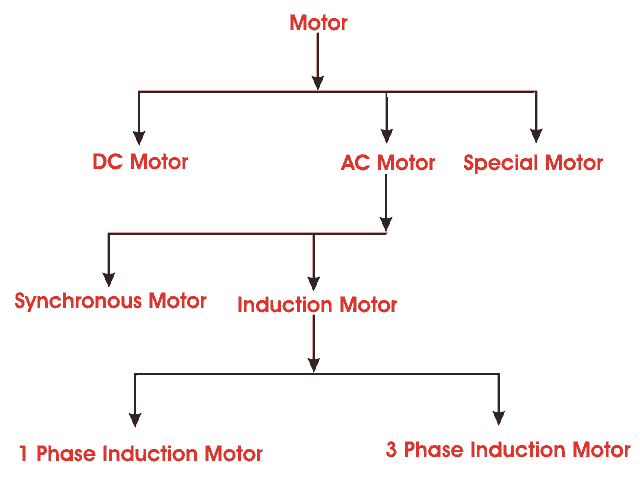
Among the four basic classifications of motors mentioned above, the DC motor, as the name suggests, is the only one that is driven by direct current.
It’s the most primitive version of the electric motor where rotating torque is produced due to the flow of current through the conductor inside a magnetic field.
The rest are all AC electric motors and are driven by alternating current, for, e.g., the synchronous motor, which always runs at synchronous speed.
Here the rotor is an electromagnet that is magnetically locked with a stator rotating magnetic field and rotates with it. These machines’ speed is varied by varying the frequency (f) and the number of poles (P), as Ns = 120 f/P.
In another type of AC motor where rotating magnetic field cuts the rotor conductors, hence circulating current induced in these short-circuited rotor conductors.
Due to the magnetic field’s interaction and these circulating currents, the rotor starts to rotate and continues its rotation.
This is an induction motor, which is also known as the asynchronous motor, runs at speed less than its synchronous speed, and the rotating torque and speed is governed by varying the slip, which gives the difference between synchronous speed Ns and rotor speed Nr,

It runs governing the principle of EMF induction due to varying flux density. Hence the name induction machine comes.
Single-phase induction motors, like a 3 phase motor, runs by the principle of emf induction due to flux.
But unlike 3 phase motors, single-phase motors run on a single-phase supply.
Single-phase motors starting methods are governed by two well-established theories, namely the Double Revolving field theory and the Crossfield theory.

Apart from the four basic types of motor mentioned above, there are several types of special electrical motors.
These include linear induction motors (LIM), hysteresis motors, Stepper motors, and Servo motors.
Each of these motors have special features that have been developed according to the needs of the industry, or for usage in a particular gadget.
For example, a hysteresis motor is used in hand watches due to its small and compact nature.
History of Motors
In the year 1821, British scientist Michael Faraday explained the conversion of electrical energy into mechanical energy by placing a current-carrying conductor in a magnetic field, which resulted in the conductor’s rotation due to the torque produced by the mutual action of electrical current and field.
Based on his principle, the most primitive of machines, a DC (Direct Current) machine, was designed by another British scientist William Sturgeon in the year 1832. But his model was overly expensive and wasn’t used for any practical purpose.
Later in the year 1886, the first electrical motor was invented by scientist Frank Julian Sprague. That was capable of rotating at a constant speed under a varied load range and thus derived motoring action.
Statement: Respect the original, good articles worth sharing, if there is infringement please contact delete.
Electrical4U is dedicated to the teaching and sharing of all things related to electrical and electronics engineering.

